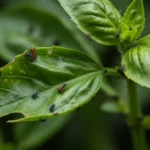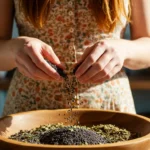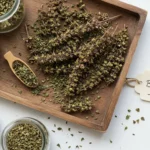Eight years into my gardening journey, I thought I’d seen it all, until one sweltering afternoon, I found my usually vibrant basil, the one I’d nurtured from a tiny seed, drooping like a sad, forgotten flag. That’s when I realized even seasoned gardeners like Kalsoom Imran face the perplexing question: why is my basil plant wilting?
Okay, let’s talk basil. I love having fresh basil on hand, whether it’s for a simple Caprese salad or a flavorful pesto. But there’s nothing more disheartening than seeing your vibrant green basil plant looking, well, sad. If you’re like me, you’ve probably asked yourself, “Why is my basil plant wilting?” It’s a common problem, and the good news is, it’s usually fixable. Let’s dive into this together and figure out what’s going on.
Understanding Basil Wilting: Identifying the Problem
Before we jump into solutions, let’s make sure we’re all on the same page about what a wilting basil plant actually looks like. It’s not just about a few droopy leaves; it’s a whole vibe.
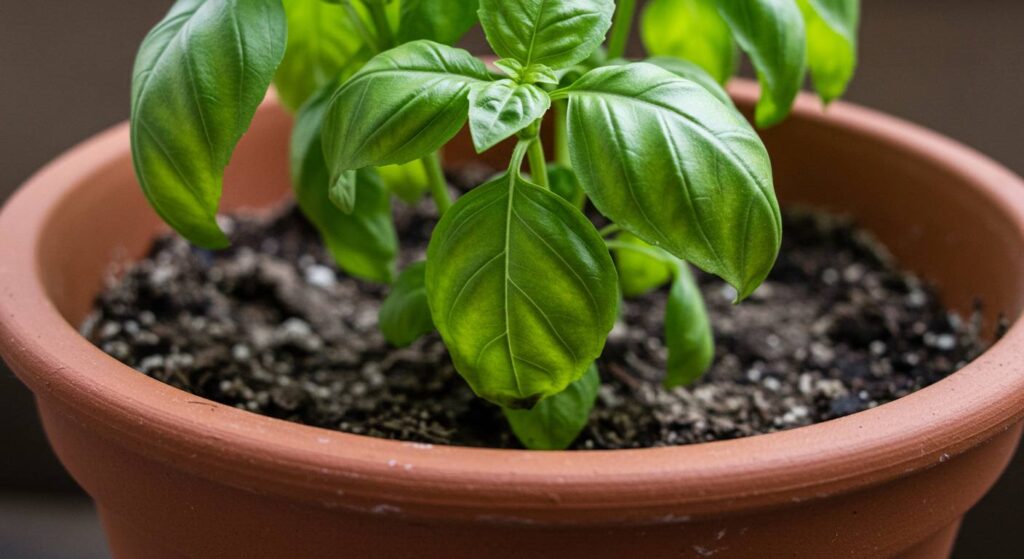
Common Signs of a Wilting Basil Plant
When your basil is unhappy, it’ll let you know. You might notice basil drooping, with the stems and leaves losing their usual upright posture. The basil leaves wilting is another big giveaway; they’ll start to look limp and lifeless. If your basil plant looks sad or not perky, it’s definitely time to pay attention.
The plant might look basil looking limp, with droopy basil leaves that are basil leaves hanging down. It won’t be basil plant not standing up straight and generally looks basil plant looks unhealthy. These are all basil plant wilting signs and basil plant wilting symptoms that indicate something isn’t right.
The Most Common Reasons for Basil Wilting
Now that we know what to look for, let’s explore the most common culprits behind a wilting basil plant. It usually boils down to a few key issues.
Water-Related Issues
Water is crucial for basil, but it’s a delicate balance. Too little or too much can both cause problems.
Underwatered Basil Wilting (Basil Plant Dehydration)
One of the most common reasons for a wilting basil plant is simply that it’s thirsty. If your basil plant needs water, it will start to show signs of dehydration. You might find your basil plant wilting despite watering if you’re not watering deeply enough, or often enough.
Sometimes, you’ll notice your basil plant wilting in sun, which is a sign it’s losing moisture faster than it can take it up. The wilting can happen quickly, with your basil plant wilting fast if the conditions are particularly dry and hot. This is often referred to as basil plant dehydration. How long can basil go without water?

Overwatered Basil Wilting
On the flip side, overwatering can be just as bad. Overwatered basil wilting is a real problem, and it’s often mistaken for underwatering because the symptoms are similar. If the soil is constantly soggy, the roots can’t get the oxygen they need, and the plant will start to wilt.
You might notice your basil plant wilting in shade if the soil doesn’t dry out properly. Sometimes, you’ll even see your basil plant wilting overnight, even if it seemed okay earlier in the day. This can happen with both basil plant wilting indoors and basil plant wilting outdoors. what does overwatered basil look like?
Environmental Stressors
Basil is a bit of a diva when it comes to its environment. It needs the right conditions to thrive, and any sudden changes can cause it to wilt.
Transplant Shock
If you’ve recently moved your basil plant, it might be experiencing transplant shock. This is a common issue, and you might notice your basil plant wilting after transplant. The plant is essentially adjusting to its new surroundings, and this can cause temporary wilting.
Temperature and Light
Basil loves warmth and sunlight, but too much or too little of either can cause problems. You might see your basil plant wilting in sun if it’s exposed to intense heat for too long, especially if it’s not getting enough water. Conversely, a basil plant wilting in shade might be struggling because it’s not getting enough light to photosynthesize properly.
Pests and Diseases
Unfortunately, basil plants can also be susceptible to pests and diseases, which can lead to wilting.
Sick Basil Plant
If your basil plant health issues are not related to water or environment, it could be a sign of a sick basil plant. There are many basil plant problems that can cause wilting, including fungal infections, root rot, and pests. You might notice your basil plant wilting and yellowing, or even your basil plant losing leaves as the plant struggles to survive. basil plant turning yellow
Diagnosing Your Wilting Basil: A Step-by-Step Approach
Okay, so your basil is wilting, and now you have a few ideas of what might be going on. How do you figure out the exact cause? It’s all about observation and a bit of detective work.
Observation and Analysis
The first step is to really look at your plant. This is where you do your basil plant wilting diagnosis. Take some time for a thorough basil plant wilting identification. Analyze the symptoms and look for any other clues. This will help in your basil plant wilting analysis. A careful basil plant wilting investigation is key to figuring out what’s going on.
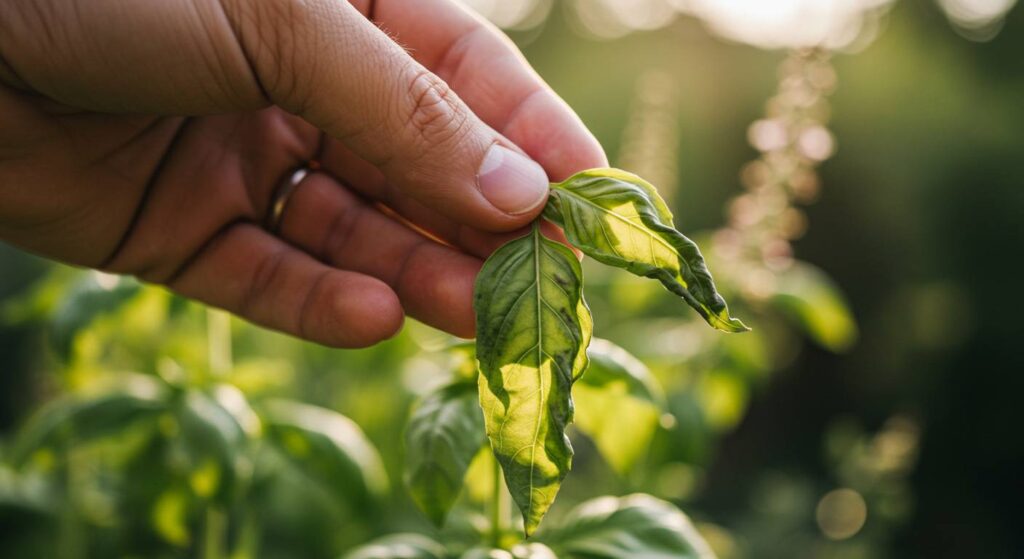
Ruling Out Causes
Now it’s time to start ruling things out. Ask yourself, why my basil is wilting? Think about the possible causes. What causes basil to wilt? Consider the reasons for basil wilting. If you’re seeing why is my basil drooping, it’s time to investigate.
If you’re thinking “my basil plant is failing,” don’t panic, we can fix it. Maybe your basil plant not thriving is due to a simple fix. Let’s get to the bottom of the basil plant wilting causes and find a basil plant wilting explanation.
How to Revive a Wilting Basil Plant: Treatment and Solutions
Alright, you’ve diagnosed the problem, now it’s time to take action. Don’t worry, it’s not too late for your basil!
Immediate Actions
If your basil is wilting, it’s time for some immediate first aid. If you are thinking, “help my basil is wilting”, don’t worry, we can help. The first step is to give your plant some immediate attention. You need basil plant wilting help and a basil plant rescue wilting plan.
Watering Adjustments
Based on your diagnosis, you’ll need to adjust your watering habits. This is the main basil plant wilting treatment. If your plant is underwatered, give it a good, deep watering. If it’s overwatered, let the soil dry out completely before watering again. how often should basil be watered?
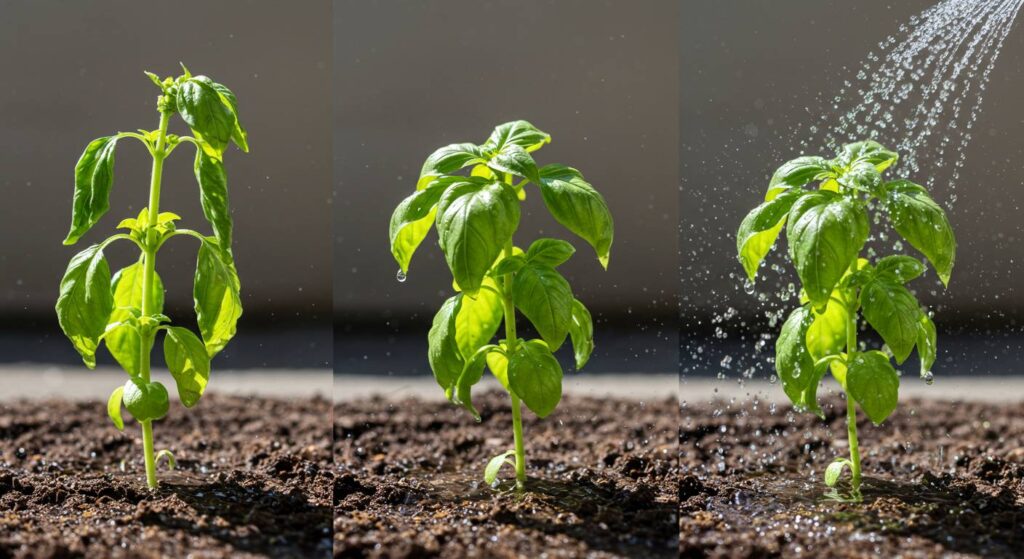
Learning how to revive wilting basil is all about finding the right balance. This is the most common basil plant wilting solution and a key basil plant wilting fix. how to revive a dying basil plant
Pest and Disease Control
If you suspect pests or diseases, you’ll need to take appropriate action. This might involve using an organic insecticide or fungicide. There are many basil plant wilting remedies, so don’t be afraid to research what might work best for your situation.
Environmental Adjustments
Make sure your basil is getting the right amount of light and is in a spot with good air circulation. Adjust the temperature if needed. Following these basil plant care tips wilting will help your basil recover.
Preventing Basil Wilting: Long-Term Care Strategies
Once your basil is back on its feet, it’s time to think about long-term care to prevent future wilting.
Proper Watering Techniques
Consistent, proper watering is key to preventing wilting. This is the best basil plant wilting prevention. Water deeply when the top inch of soil feels dry, but be careful not to overwater. does basil like to be wet or dry?

Optimal Growing Conditions
Make sure your basil is getting enough sunlight and is in well-draining soil. This will help it thrive and prevent future problems. These basil plant care tips wilting are crucial for long-term success. how to keep basil plant alive
Regular Monitoring and Maintenance
Keep an eye on your basil plant and address any issues as soon as they arise. Regular monitoring and maintenance are essential for basil plant wilting troubleshooting.
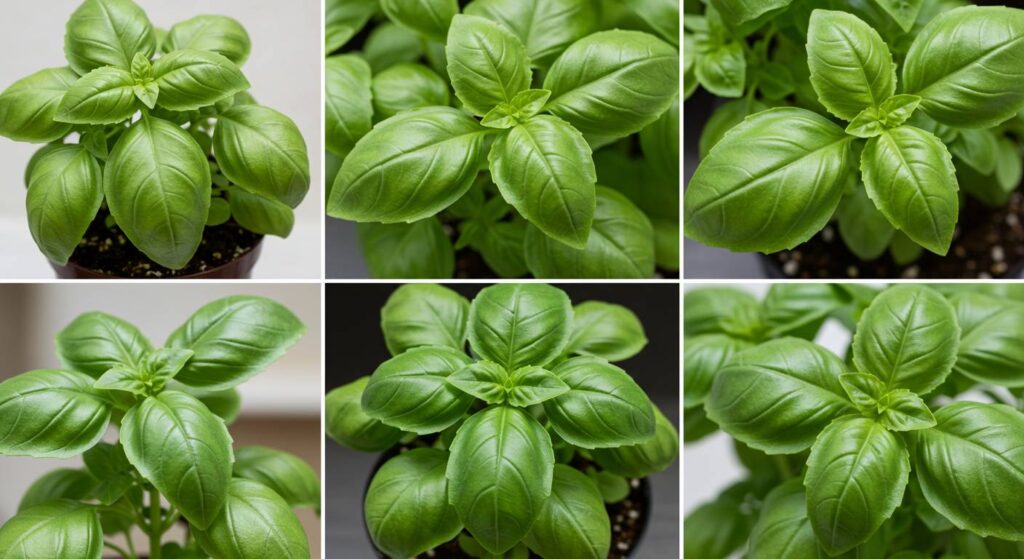
Additional Resources and Information
If you’re still having trouble, don’t worry. There’s plenty of information out there to help you.
Basil Plant Wilting Guide
There are many resources available to help you understand and address basil wilting. A good basil plant wilting guide can provide valuable insights. Look for basil plant wilting advice from trusted sources. There is a lot of basil plant wilting information available, so don’t be afraid to do some extra research. basil plant care problems


